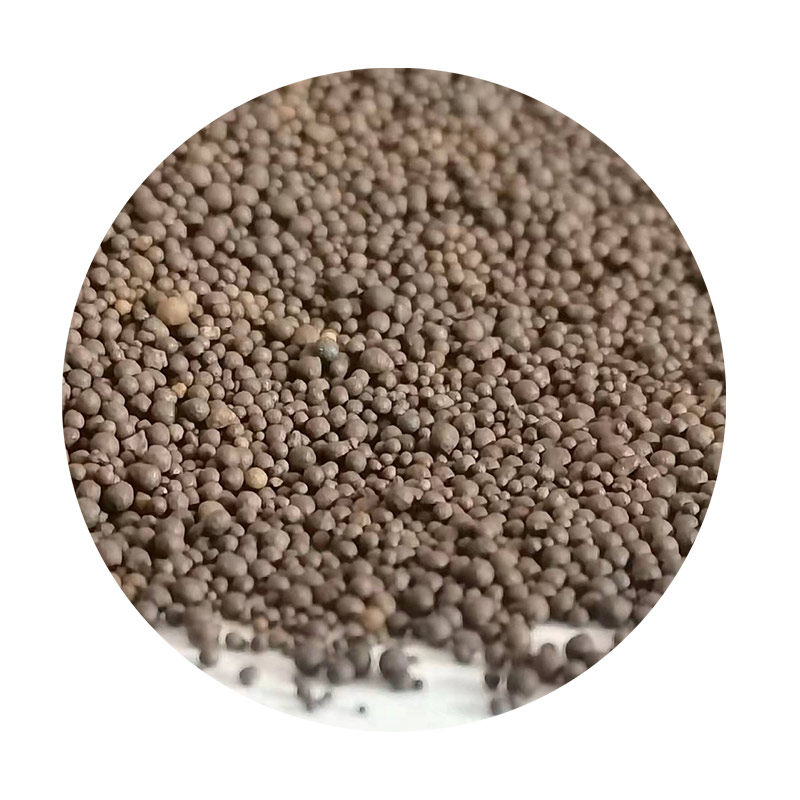The Benefits of Sand Casting An Economical and Versatile Manufacturing Process
Sand casting, one of the oldest manufacturing processes known, has been a cornerstone of metal casting for centuries. The method involves creating a mold from sand and using it to cast metals into desired shapes and sizes. While it may seem primitive compared to modern techniques, sand casting offers numerous benefits that make it a preferred choice for various industries today.
1. Cost-Effective Production
One of the standout advantages of sand casting is its cost-effectiveness. The materials required, primarily sand, are inexpensive and readily available. Unlike other casting methods that may need expensive equipment and tooling, sand casting utilizes simple molds that can be produced economically. This is particularly beneficial for small to medium-sized production runs where investing in expensive machinery is not practical.
Furthermore, the longevity of sand molds allows for multiple uses, reducing costs associated with mold creation. The ability to recycle sand after casting also contributes to lower production costs, as the material can be reused for successive casts.
2. Versatility in Design
Sand casting is remarkably versatile when it comes to design. It can accommodate a wide range of sizes, from small components to large structures, making it suitable for various applications across different industries, including automotive, aerospace, and construction. The process can handle intricate designs with complex geometries that might be difficult to achieve with other methods.
Additionally, the flexibility of sand as a molding material allows for quick modifications to be made to the mold. This adaptability is especially beneficial in prototyping phases, where design iterations can happen rapidly without substantial lead times or costs.
sand casting benefits

In the realm of metalworking, minimizing waste is crucial for both environmental sustainability and cost efficiency. Sand casting generates relatively low waste compared to other casting methods. The sand molds can be reused, and any excess metal from the casting process can be collected and melted down for future use. This efficient use of materials not only reduces waste but also contributes to a more sustainable manufacturing process.
4. High Tolerance and Surface Finish
Modern advancements in sand casting technology have significantly improved the accuracy and surface finish of cast parts. While traditional sand casting could sometimes result in rough surfaces, modern techniques—such as the use of finer sands and enhanced molding processes—have led to better surface quality and tighter tolerances. This means that parts produced through sand casting can often meet the stringent requirements of industries like aerospace and automotive, where precision is paramount.
5. Scalability
Another major benefit of sand casting is its scalability. Whether you’re producing a single prototype or thousands of parts, sand casting can easily be adjusted to meet production needs. The process can be automated for large-scale production or performed manually for smaller runs, making it adaptable to varying production demands. This scalability makes sand casting an attractive option for businesses looking to grow or diversify their product lines.
6. The Ability to Cast Various Metals
Sand casting is versatile in terms of the types of metals that can be used. From iron and aluminum to bronze and magnesium, this process can accommodate a wide variety of alloys. Different alloys require different casting conditions, and sand casting's flexibility allows manufacturers to exploit these diverse materials without the need for drastic changes in technique or tooling.
Conclusion
In summary, sand casting remains a popular and effective manufacturing method due to its cost-effectiveness, versatility, and adaptability to various metals and designs. Its ability to minimize waste while providing high-quality parts makes it a sustainable choice in today’s manufacturing landscape. As industries continue to evolve, the enduring benefits of sand casting ensure it will maintain a significant role in the future of metal production. Whether for small-scale prototypes or large production runs, sand casting delivers reliability, efficiency, and value that few other methods can match.
Post time:ಆಕ್ಟೋ . 10, 2024 13:02
Next:Exploring the Applications and Benefits of Sintered Sand in Modern Manufacturing
